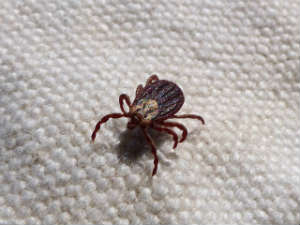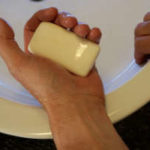Tick and Mosquito Health Risks In Summer 2021
Summer is finally here, which means millions of Americans will be enjoying outdoor activities like camping, hiking, swimming, picnicking, and more. Anytime you’re in the outdoors, it’s important to keep safety in mind. If you’re in a natural setting like a field, forest, park, yard, or anywhere else with lots of grass and trees, you should always be on guard for ticks and take the necessary precautions to keep yourself safe from getting bitten. Ira Riklis knows that this is doubly true for summer 2021, as this year’s tick season is expected to be the worst in quite some time.
Tick, Mosquito, And Flea-Related Illnesses On The Rise
In May, the Centers for Disease Control (CDC) released a report of findings showing a major surge in illnesses from mosquito, tick, and flea bites between 2004 and 2016. These illnesses tripled during this 13-year period, with a total of 640,000 reported cases. Researchers found that nine new germs spread by mosquitoes and ticks were discovered or introduced into the U.S. during this time. New diseases spread by infected mosquitoes, ticks, and fleas include Zika, West Nile, Lyme, and chikungunya.
Tickborne illnesses saw a particularly sharp increase, as they more than doubled in 13 years and accounted for over 60 percent of all reported mosquito-borne, tickborne, and fleaborne disease cases.
How Can I Protect Myself From Bites And Illnesses?
Keeping yourself safe from tick, mosquito, and flea bites is all about proper preparation. Anytime you’re going to be spending significant time outdoors, there are some protective measures you can take to reduce the risk of being bitten and contracting an illness:
-
- Wear light-colored clothing in grassy or wooded areas to spot ticks more easily.
-
- Tuck your pants into your socks, and tuck your shirt into your pants.
-
- When walking on trails, stay in the center and avoid areas with high grass.
-
- Treat your clothing with insect repellents.
-
- Shower within no more than 2 hours after coming back indoors.
-
- Tumble dry your clothes on high heat to kill any ticks that might have latched on.
- Check yourself, your kids, and your pets for ticks after spending time outdoors.
Symptoms of Lyme Disease
Lyme disease is by far the most common tickborne illness. If you notice any of the following symptoms in yourself or a family member, seek medical attention immediately:
-
- Heart palpitations
-
- Facial palsy
-
- Arthritis
-
- Joint and muscle pain
-
- Fatigue
-
- Fever
-
- Malaise
- Stiff or swollen joints
How Can I Remove A Tick?
Discovering a tick on your body can be stressful, but you can remove it with relative ease. Simply grab some fine-tipped tweezers and grasp the tick by the head as close to your skin as you can. Gently pull upward without twisting or squeezing. If you’re having trouble doing this yourself, consider seeing a doctor.
Don’t try any of the popular folk remedies for removing a tick, such as burning it off or using nail polish. These are not only ineffective but can also be dangerous. The burning method can even increase your chances of developing a tickborne illness.
Where Are Tickborne Illnesses Most Common?
According to the CDC, there are over 30,000 reported cases of Lyme disease each year, but the true number is likely closer to 300,000. Certain parts of the country are much more susceptible to this disease, which is only spread by deer ticks.
95 percent of all Lyme disease cases in 2015 were from only 14 states:
-
- Connecticut
-
- Delaware
-
- Maine
-
- Maryland
-
- Massachusetts
-
- Minnesota
-
- New Hampshire
-
- New Jersey
-
- New York
-
- Pennsylvania
-
- Rhode Island
-
- Vermont
-
- Virginia
- Wisconsin







